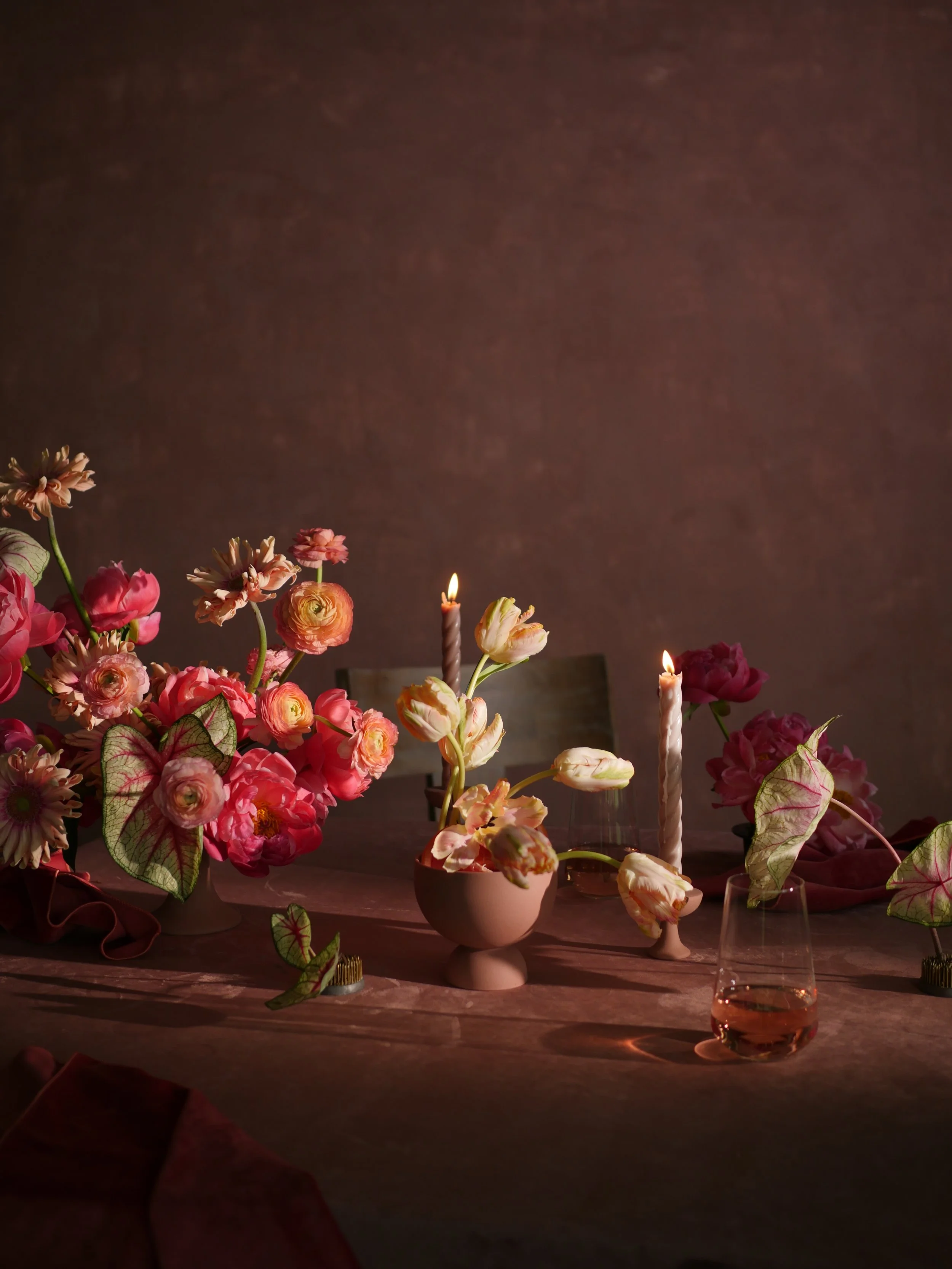The Evolution of My Floral Design Career: Lessons From Years in Weddings & Events
The details of where exactly my journey into the world of flowers began, and how I've committed to evolving my craft over the last 19 (!!!) years.
The Best Investment I Made in my San Francisco Floral Design Business
When it comes to the “behind the scenes” of my business, I’m an open book. So today on the blog I’m sharing more about a specific investment I made this year, my learnings (and fears and mistakes) around education in this industry, plus my suggestion for those weighing investments for yourself or your business.
A Guide to Vision Boarding with Purpose
I’d like to share with you a part of my creative process that I’ve found really helpful, especially in the past few weeks: vision boarding. Vision boarding is a tool I’ve implemented both in my personal life and in my business. Here’s what you’ll find in this post:
The truth about vision boards
Step-by-step instructions to create an effective vision board
3 real life examples of vision boards I’ve created
5 Steps I Took to Start My Own Floral Design Business in San Francisco
At times, starting my own floral design business in San Francisco has felt like one giant leap. But really, it’s been many baby steps. My hope is that by being transparent about my story, I can help inspire someone else to take a small step in the direction of their dreams. From booking my first clients, to quitting my 9-5 job, and all the steps in between — read on to see how I did it.



